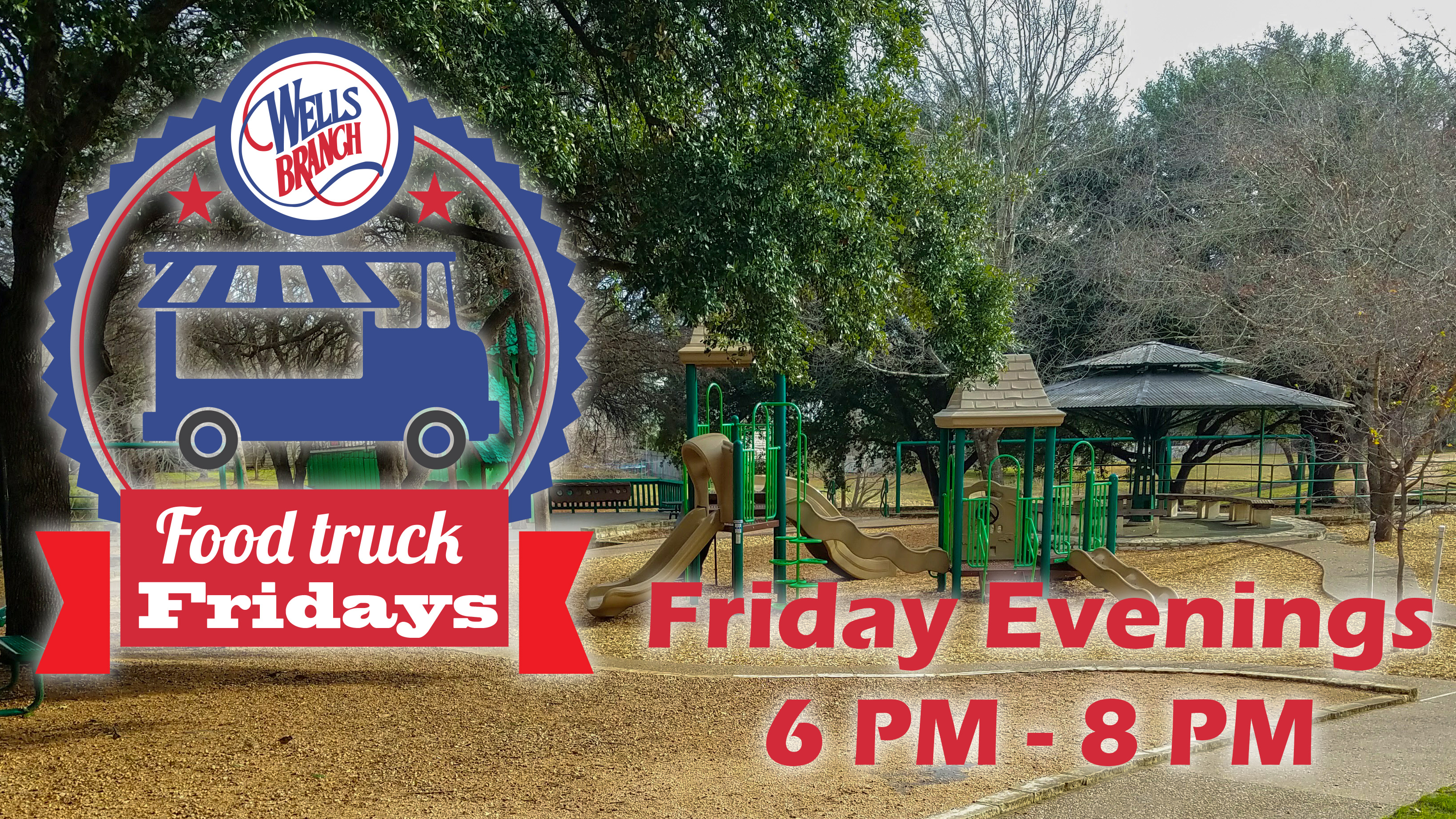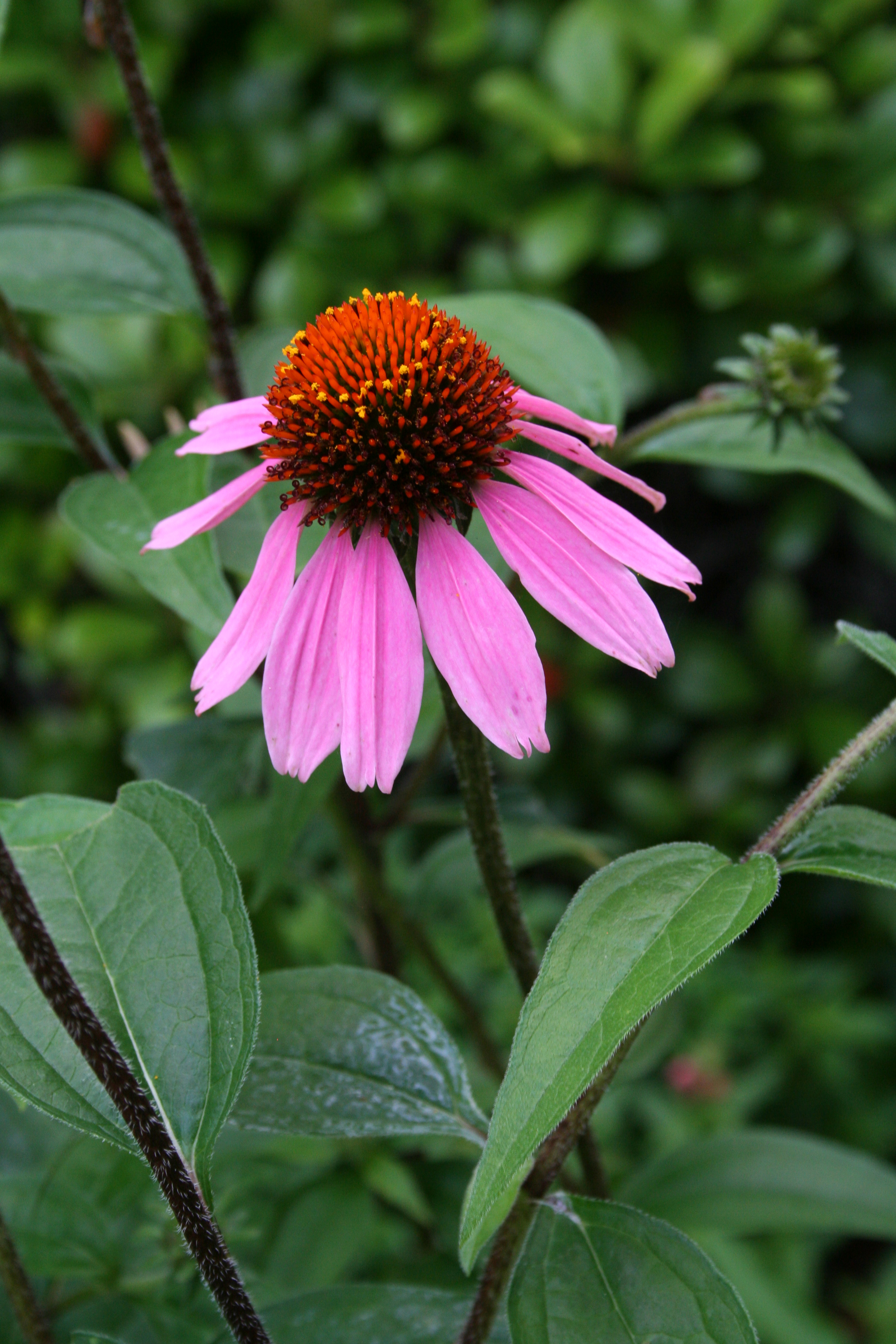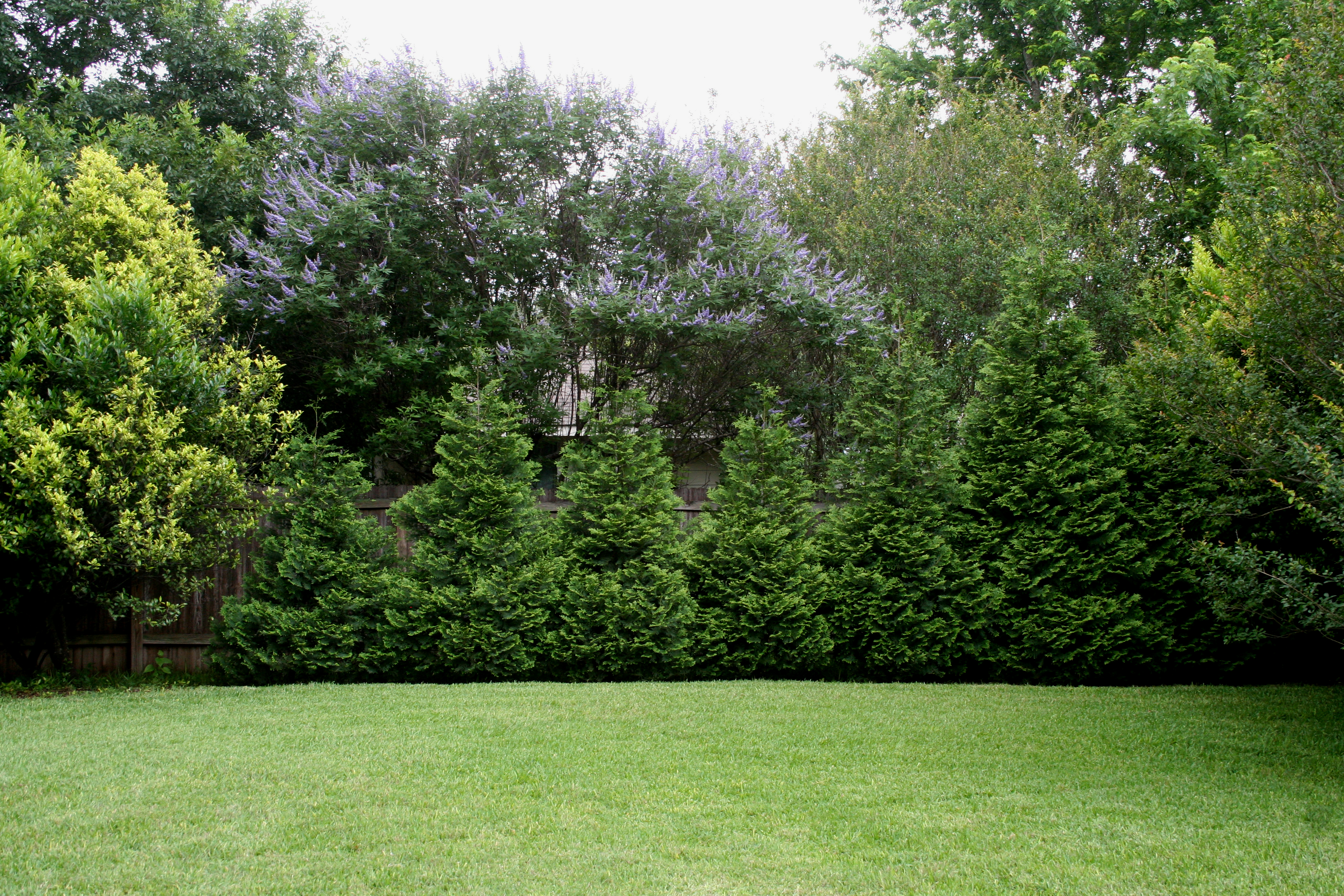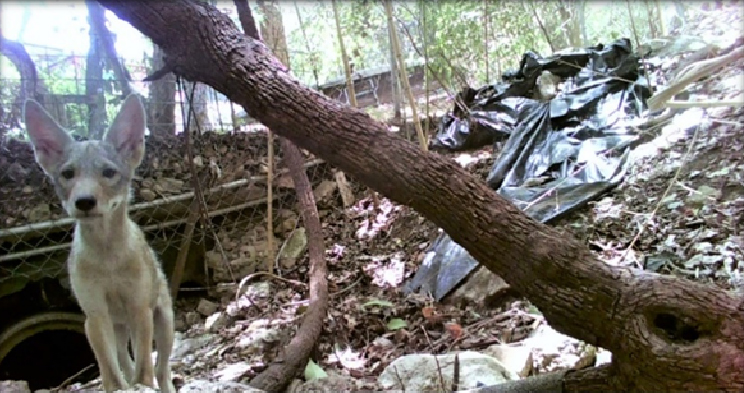 WBNA Easter Egg Hunt
WBNA Easter Egg Hunt
Saturday, April 20, 10:30am
Homestead at KF Park
Join your friends, neighbors and The Easter Bunny, himself, as Wells Branch welcomes Spring with the annual Easter Egg Hunt at the Homestead. “Hunts” will be by age group and begin at 10:30am. Come early and visit with the Easter Bunny or have fun at our craft table. If you plan on attending, please take a moment to read this article in its entirety.
Two years ago, a web source picked up our event and shared it with 133,000 followers. As many of you observed first hand, the results were overwhelming. Last year, we were back to Wells Branch neighbors! ALL Wells Branch residents and their invited guests are welcome. We know past problems weren’t with our neighbors, but more likely, those who just aren’t used to how we do things in Wells Branch. Still, we ask that everyone be on their best behavior, volunteers included. No yelling, stealing eggs, reaching under the tape and filling baskets before we start, or busting down the tape and charging ahead before your age group is called. We need parents to set the example. We’ve added a second group for the little guys as that was an issue two years ago. It seemed to work well last year. ONE parent will be allowed in to help with the two youngest age groups (0-18mos & 18mos-3yrs). We ask that you respect this restriction. All other age groups must hunt on their own. Feel free to coach ahead of time. There will be 7 minutes between “hunts” to allow parents of multiple children to navigate the crowds. Please, only allow your children to hunt with their respective age group. Last, but not least, please remember that this event is put on by volunteers. We spend weeks getting ready and usually stuff 8,000-10,000 eggs. It’s no small feat. So, if a volunteer asks something of you, please be respectful of their requests. If for some reason, your child ends up without many eggs, any of our volunteers in bunny ears will have extra goodies. Just let one of us know.
We love our neighbors and our community. We’re asking for everyone’s help in advance in creating a joyful experience for all involved.
We need volunteers to help things run more smoothly. Anyone whose kids have aged out of the hunt, or older teens who need service hours, we would be so appreciative of your time! Please contact us for more information at info@wbna.us or call 512-656-0654.
Easter Egg Hunt RULES:
Those of you who’ve attended our hunts in the past know we have very few rules, but we do ask parents to follow those rules and be courteous and respectful of your neighbors so that all of our children may enjoy the hunt.
 Age Groups:
Age Groups:
0-18mos & 18mos-3yrs
*Only 1 parent per child in egg hunting area
*Watch out for potential choking hazards
4-6yrs • 7-9yrs • 10-12yrs
* No parents allowed in egg hunting area
BE ON TIME (early is better) AS THE “HUNTS” GO QUICKLY.
Check all eggs for prizes. • Let a volunteer know if there’s an issue. • Recycle your eggs with the WBNA. • Have FUN!
 WB MUD presents: Food Truck Fridays!
WB MUD presents: Food Truck Fridays!





